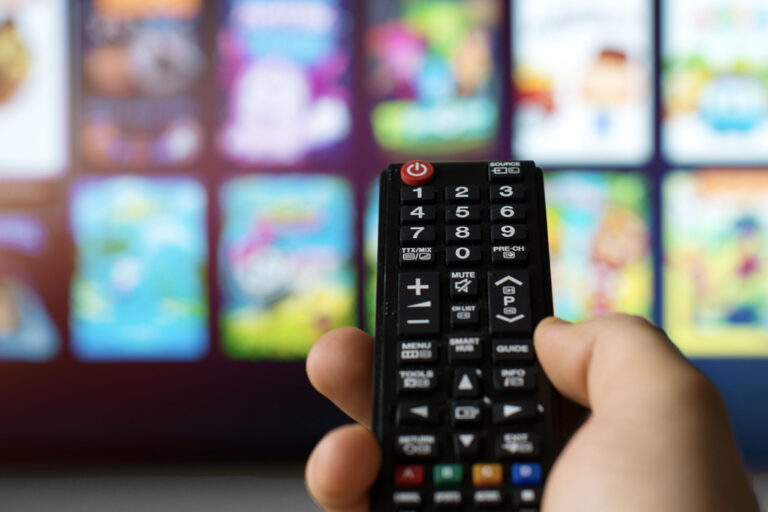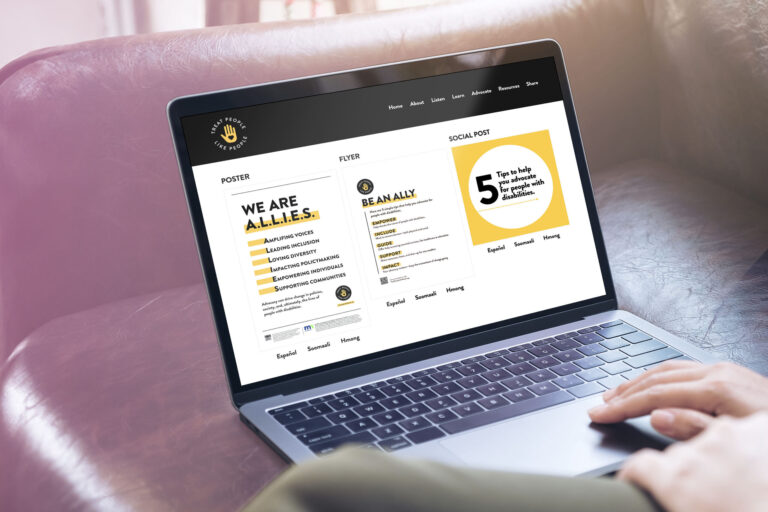Meetings are an important part of nearly any organization, but necessary as they are, a meeting can sometimes be ineffective because people forget its purpose. Meetings get their importance from the information gained during these exchanges and subsequent follow-through.
Despite the advancements in technology, communication remains an area rife with problems. In Napoleon’s day, delivering information was difficult, to say the least. It relied on written or spoken messages carried on horseback. Following the invention of the Chappe Telegraph in 1790, messages could be sent up to 150 miles in five minutes, but only in ideal conditions, along a network of stations. With the long turnaround for crucial information, receiving poor instructions could have far-reaching consequences, especially on the battlefield.
Still years away from the Industrial Revolution, there was no hope of technology coming to the rescue with new, quicker means of disseminating information. But people in command still devised ways to ensure accurate intelligence. Napoleon was well known for his mastery of the battlefield. One could argue that his ability to receive and disseminate accurate information and orders is what made Napoleon so effective.
At the end of any meeting where those involved were expected to carry out orders, Napoleon would ask those in attendance to repeat back to him the actions they were expected to take following their meeting. This is likely what Napoleon believed were the most important five minutes of every meeting, the part that ensured everyone knew what their orders were.
Today, with the ability to send and receive messages instantaneously, people tend to prioritize speed over accuracy. Even at lightning speed, countless hours can be lost to miscommunication.
So, how can our instant interpersonal access help us in today’s world? While we can benefit from Napoleon’s techniques, we can take them even further with technology on our side, always with the goal of clear communication for mutual understanding. To get started, use these three strategies:
- Leave time at the end of every meeting for people to explain what they are going to do next.
- After an in-person conversation, send an email confirming expectations.
- Provide a digital space where people can outline their next actions and provide status updates.
While miscommunication will always be a human problem, implementing small strategies and using them consistently can help reduce its frequency. This way, you’ll spend more time understanding each other and waste less time trying to get on the same page.
At Russell Herder, every bit of work we are involved in relies on collaboration, and these are just a few of the ways our teams ensure nothing falls between the cracks. If you’re looking to work with an agency that not only listens but makes sure you’re understood, send us a letter on horseback or reach out to us here.





